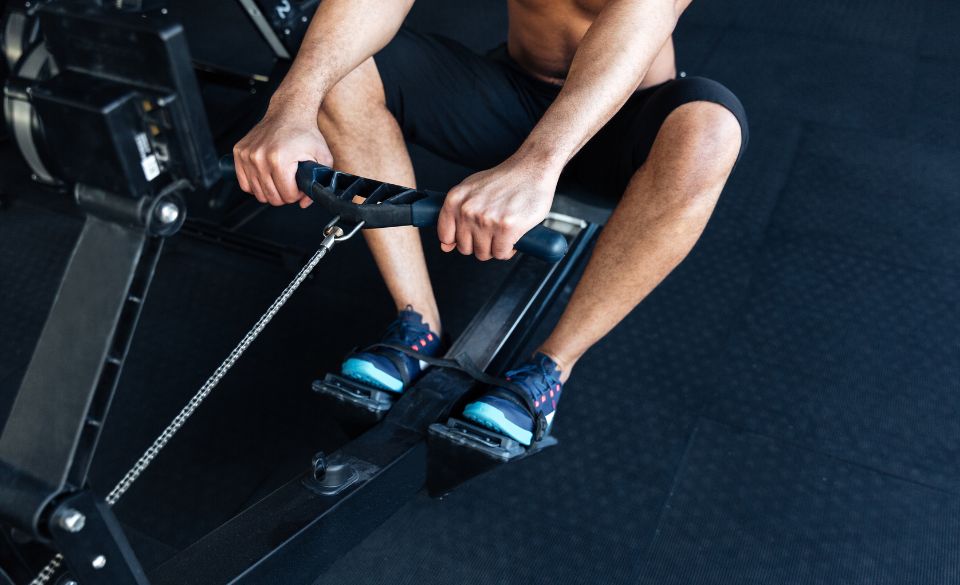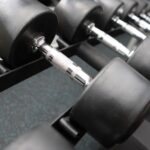
Can I Row With A Rotator Cuff Injury?
Page Contents
Rowing is an excellent form of exercise that engages multiple muscle groups, including your back, shoulders, arms, and core. However, if you have a rotator cuff injury, you may be wondering if rowing is safe and appropriate for you. In this article, we will explore the question, “Can I row with a rotator cuff injury?” and provide some guidelines and precautions to consider.
Understanding the Rotator Cuff
Before we dive into the question of rowing with a rotator cuff injury, it’s important to understand what the rotator cuff is and how it functions. The rotator cuff is a group of four muscles and their tendons that surround the shoulder joint, providing stability and allowing for movement of the shoulder joint. These muscles are responsible for rotating and elevating the arm and are essential for many daily activities and sports, including rowing.
Rotator Cuff Injuries
Rotator cuff injuries are a common problem among athletes and non-athletes alike. These injuries occur when the tendons or muscles in the rotator cuff are damaged, leading to pain, weakness, and limited range of motion in the shoulder joint.
There are several types of rotator cuff injuries, including:
1. Rotator cuff tendinitis: This is a condition in which the tendons in the rotator cuff become inflamed due to overuse or repetitive motion.
2. Rotator cuff impingement: This occurs when the rotator cuff tendons are pinched between the humerus (upper arm bone) and the acromion (part of the shoulder blade).
3. Rotator cuff tear: This is a more severe injury in which the tendons or muscles in the rotator cuff are torn, either partially or completely.
Rotator cuff injuries can be caused by a variety of factors, including overuse, repetitive motions, sudden trauma, and age-related degeneration. People who participate in sports or activities that involve overhead motions, such as baseball, tennis, and swimming, are at a higher risk of developing rotator cuff injuries.
Symptoms of a rotator cuff injury may include pain, weakness, and limited range of motion in the shoulder joint. In some cases, the pain may radiate down the arm, and the shoulder may feel weak or unstable.
Treatment for rotator cuff injuries typically involves a combination of rest, physical therapy, and, in some cases, surgery. It’s important to seek medical attention if you suspect you have a rotator cuff injury to prevent further damage and promote proper healing.
Prevention of rotator cuff injuries involves maintaining good posture, practicing proper lifting techniques, avoiding repetitive overhead motions, and participating in regular strength training exercises to strengthen the rotator cuff muscles.
Rowing with a Rotator Cuff Injury
Here are some precautions to consider if you are rowing with a rotator cuff injury:
Consult with a healthcare provider: Before beginning any exercise program, including rowing, it’s important to consult with a healthcare provider to assess the severity of your injury and determine if rowing is appropriate for you.
Start with low intensity: If you are new to rowing or have a recent rotator cuff injury, start with low intensity and gradually increase the duration and intensity of your workouts as your shoulder heals and strengthens.
Warm-up and cool down: Before and after each rowing session, perform a proper warm-up and cool down routine to prepare your muscles and joints for exercise and reduce the risk of injury.
Modify your technique: Depending on the severity of your injury, you may need to modify your rowing technique to avoid aggravating your shoulder. This may include using a wider grip on the rowing handle, reducing the range of motion, or using lighter resistance.
Take breaks as needed: If you experience pain or discomfort during rowing, take a break or stop the exercise altogether. Listen to your body and avoid pushing through pain.
Strengthen the rotator cuff muscles: Strengthening the rotator cuff muscles through targeted exercises can help prevent future injuries and improve your rowing performance. Consult with a physical therapist or qualified fitness professional to develop an appropriate exercise program.
Types of Rowing
There are several types of rowing that you can do, each with its own level of intensity and impact on the rotator cuff. Here are some common types of rowing and their implications for people with rotator cuff injuries:
Machine rowing: Machine rowing, such as using a rowing machine or an ergometer, can be a safe and effective form of exercise for people with rotator cuff injuries. These machines allow you to control the resistance and speed of the exercise, and you can modify your technique as needed.
Water rowing: Water rowing, such as rowing on a lake or river, can be more challenging for people with rotator cuff injuries due to the unpredictable nature of the water and the need to use more upper body strength. However, it can still be a safe and effective form of exercise with proper precautions and technique modifications.
Rowing in a team: Rowing in a team or competitive setting may not be recommended for people with rotator cuff injuries, as it often involves high intensity and repetitive motions. If you do choose to participate in team rowing, be sure to consult with a healthcare provider and modify your technique as needed.
Conclusion
In summary, rowing can be a safe and effective form of exercise for people with rotator cuff injuries with proper precautions and modifications. It’s important to consult with a healthcare provider, start with low intensity, warm-up and cool down properly, modify your technique as needed, take breaks as necessary, and strengthen the rotator cuff muscles through targeted exercises.
Remember to listen to your body and avoid pushing through pain or discomfort. With the right approach, rowing can be a great way to improve your fitness and strengthen your muscles, including the rotator cuff.


